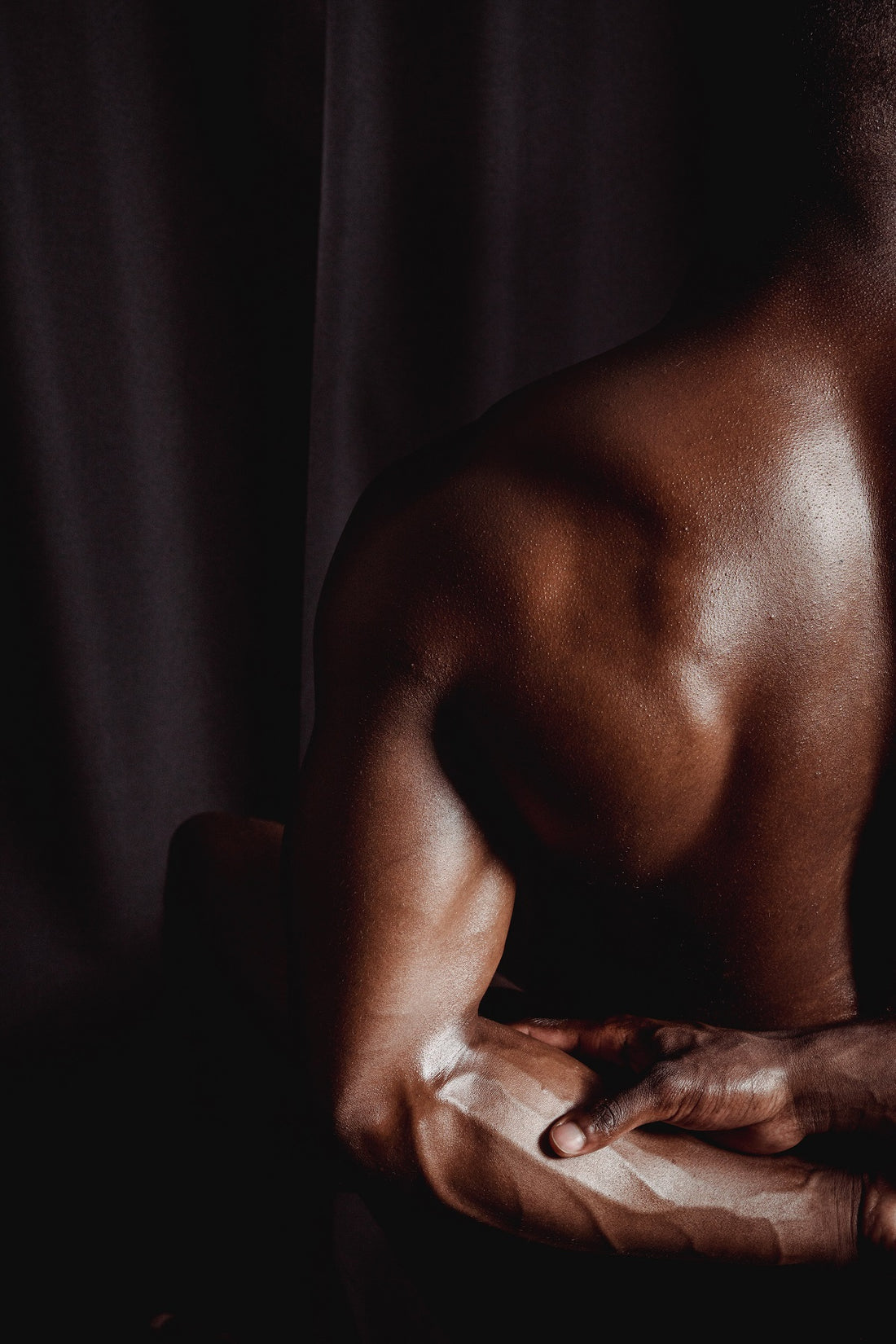
Excessive Sweating and Ayurveda
Share
While sweating is a natural process, any excess can be an indication of body imbalance
Sweating is natural process of letting out water to maintain heat within the body and cool down excessive heat. It is also a natural mechanism to balance the water, or apa within the body.
Ayurveda explains excessive sweating as Swedadhikya - sweda for sweat. Adhikya means excess. As per Ayurveda, excessive sweating is due to high pitta, problems with fat metabolism, as well as mental conditions such as stress and anxiety. Ayurveda offers cause-based remedies for the condition. In Ayurvedic texts, this condition is not referred to as a separate disease. But, in several contexts, this is mentioned as a dominant feature of complex diseases. Especially individuals with pitta body constitution, and those who are suffering from pitta imbalance disorders, are commonly found with this complaint.
Excess sweating is a subjective issue for many. You need to keep an eye on the local weather, ventilation of your room, the stress level before judging yourself. The best way to test yourself is to compare with others.
Medically, heavy sweating is called hyperhidrosis. It can affect the entire body, or just a few areas, such as palms and soles.
Causes for Excess Sweating
When sweat comes into contact with bacteria, it causes bad odour. The process itself is hardly noticed in the normal course of life. It is only when excess sweating or ati sveda happens, that it becomes uncomfortable and embarrassing.
If heavy sweating has no underlying medical cause, it is called primary hyperhidrosis. This occurs when the nervous system responsible for sweating is triggered excessively without a reason. If the sweating is caused due to underlying disorder, it is called secondary hyperhidrosis. People with diabetes, heart attack, hyperthyroidism, stress disorder, and women nearing menopause usually sweat more.
Controlling Sweating
There are some simple techniques to control the sweat level. First, avoid heavy physical exercise, above your actual strength. Heavy exercise can cause high sweating, even if you are perfectly healthy. As per Ayurveda, you should stop exercise when you reach half of your actual strength. This is observed by symptoms like sweating on thighs, forehead and arms, heavy breathing etc. Second is to be mindful of the food intake. Take spicy foods, garlic and onions with dinner, rather than with breakfast or lunch. This helps to avoid sweat odour during morning hours.
Garlic and spicy foods can cause excess sweating. Use them in moderate quantities.
Taking cold water baths and ensuring at least six to seven hours of sleep at night, are other simple techniques to control one's perspiration level.
Ayurvedic Treatment
There are four approaches in Ayurvedic treatment to control the level of sweating. First is to treat the high pitta level in the body. Pitta Dosha is responsible for hotness, digestion, body temperature, skin health and eye health. This type of sweating is associated with excess hotness, burning sensation, and skin conditions like prickly heat. A simple remedy is to soak 10 raisins in water at night, and having it on an empty stomach the next morning. Another remedy is to soak 20 grams of coriander in a cup of water at night, filter in the morning and consume. Having a teaspoon of amla powder with jaggery or ghee, once or twice a day, is another useful regimen to fight excess perspiration. Ayurveda recommends regular purgation therapy (virechana), which is the process of inducing bowel movements by herbal combinations.
Correcting Fat Tissue
Correcting the Medo dhatu, or fat tissue storage in the body metabolism, is another line of treatment. As per Ayurveda, sweat is termed as a waste byproduct of fat tissue. The texts say, 'Malam svedastu medasaha', meaning sweat is the mala, the waste product of meda or fat. Hence, reducing fat tissue in the body leads to control of sweda. As per Ayurveda, fat tissue nourishes asthi dhatu, the bone tissue. In some cases of obese persons, the channels between meda dhatu and bone tissues may be blocked. So, Ayurvedic medicines help to open up these channels, leading to conversion of excess fat tissue into bone tissue.
The third aspect of treatment of excessive sweating is stress management. Stress, fear and anxiety are related to excess sweating. They disturb the normal physiology of the body.
As a long-term remedy, practicing control of one's breath, or pranayama, is very useful. Applying a few drops of Brahmi oil or Ksheerabala oil on the scalp, is another simple way to bring down the stress level. Lastly, there is an ayurvedic treatment known as Stambhana which works towards blocking the sweat channels in the body to treat unexplained excess sweating. This is relevant for primary hyperhidrosis, where the cause is not known, and in cases of excess sweating in local parts of the body, such as high sweating only in palms and feet. There are certain Ayurvedic medicines in the market to treat excess sweating. These include Arvindasava that soothes the tissues and pacifies the pitta, and Usheerasava, a well-known diuretic, coolant and a body freshener.
A useful home remedy is to make a fine powder of herbs such as sariva (the root of Indian sarsaparilla), chandana (sandalwood), amalaki (gooseberry), lodhra, khadira and musta, and mix the powder thoroughly.
For 25 gm of powder, add about 50 ml rose water to make a fine paste. This is applied all over the body for about 15 before bathing in cold water. It gives freshness and relieves bad body odours.
Dr. Janardhan Hebbar
